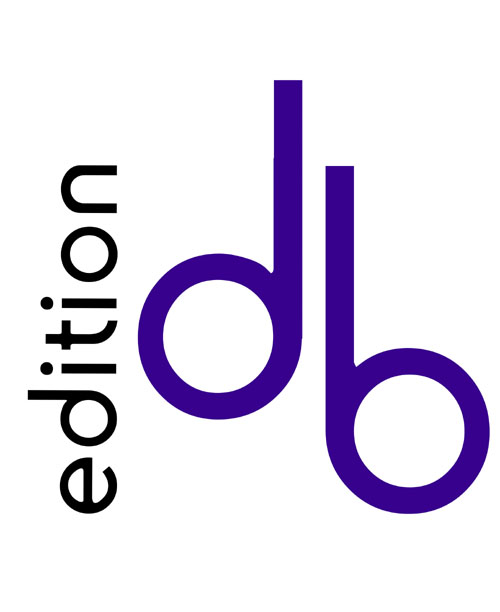
- 7 clarence grove
- horsforth
- leeds, LS18 4LA
- UK
- tel: 0113 258 1300
- order online
- order by fax
- www.editiondb.com
- 0113 258 2556
- info@editiondb.com
Review - Leitgebische Quintet for horn and strings, K.407 by Wolfgang Amadeus Mozart
edited by Andrew Clark
edb 0705009 Chamber Music series
In these times where it is now normal for players to seek urtext editions which often reflect the barest version of the composer’s publication or autograph manuscript, the Mozart Quintet, K.407 has always been something of a problem owing to the lack of any version in Mozart’s own hand. Compounding this the earliest published editions disagree somewhat with each other and with Mozart’s own conventions when writing for his lifelong friend Leitgeb (as evidenced in the concerto manuscripts).
This excellent new edition by Andrew Clark draws together the research which he undertook when recording the work in 1997 with Ensemble Galant for EMI and more recent consultation with further sources. The result is a clean non-prescriptive version of how it is likely to have looked although there are some questions which are impossible to settle. For example, currently available ‘modern’ published editions, such as the Peters and the Bärenreiter disagree on notes, octaves, phrasings and dynamics. The Peters largely follows the (almost contemporary) André edition and the Bärenreiter follows the early Schmiedt und Rau source). While the André is more consistent with what we know of Leitgeb’s technique at the time, it has undoubtedly been glossed somewhat by the publisher. Likewise in the Bärenreiter edition there are some rather incongruous slurs over scales which do not accord with Mozart’s articulation-less ones in the Leitgeb concerti. Before one infers this as a general rule, however, it must be remembered there are examples of Mozart’s horn writing in other works where he does just that , for example in the Quintet for Piano and Winds or the obligato part in the aria ‘Se il padre perdei’ from Idomeneo.
Andrew Clark’s considerable experience and diligence has made this edition an ideal starting point for players to commence consideration for their own interpretation. Articulations and phrasings are pared back to a minimum and (probably) anachronistic ones removed. This is not to suggest that the general absence of dynamics and phrasing should be literally reproduced in performance, of course, but it reflects the degree of latitude that Leitgeb was allowed in managing his own playing.
In addition to an informative preface that outlines all of the above issues, there are five pages of editorial endnotes which would be incredibly useful if one wished to open up and revisit any of the choices that have been made in the music. For example, there is a list of where appoggiaturas were originally indicated in the old editions. They are represented in the text as they tend to be played, e.g. as the first of a group of four equal semiquavers, however there is a growing tendency in informed performances now to treat that first note unequally when written as an appoggiatura. Having a record of where they were means not having to dig out all of the old sources should one wish to play in this way.
All of this is beautifully typeset and printed from edition db.
Roger Montgomery, The Horn Player, BHS, Vol 18 #3 – AUTUMN 2021
_________________________________________________________________________________________________________________________________